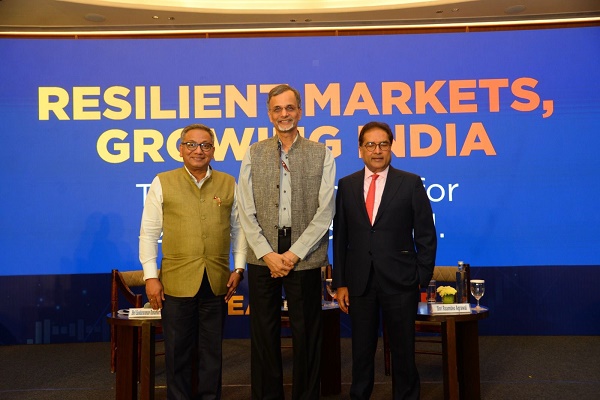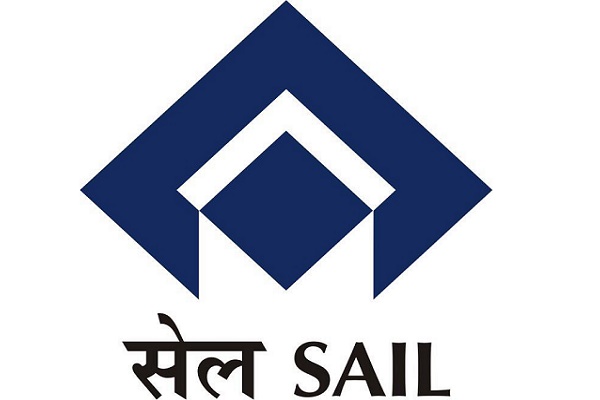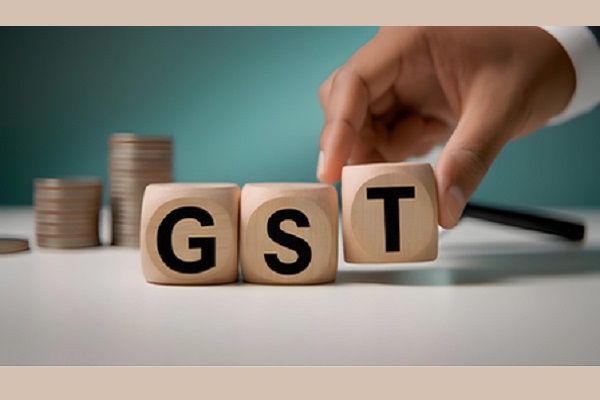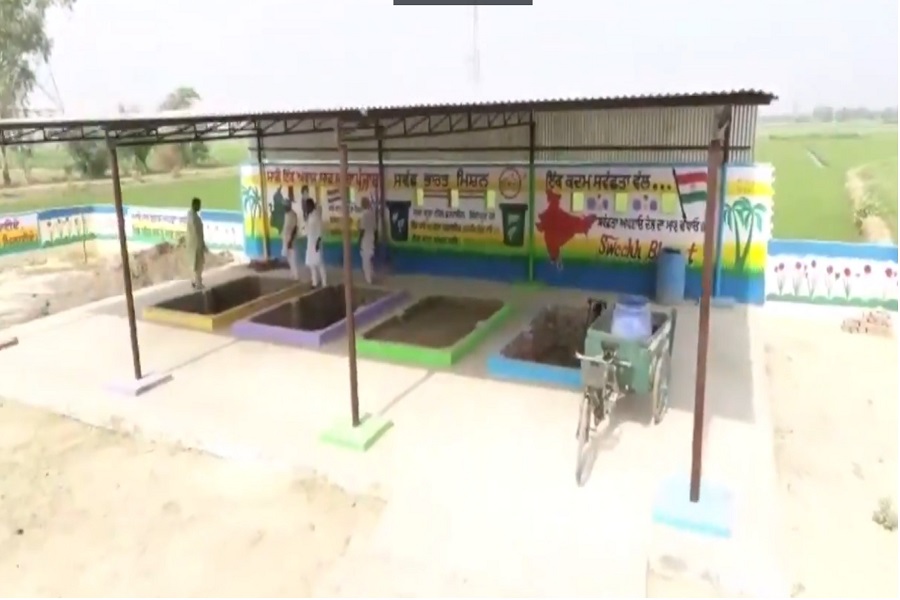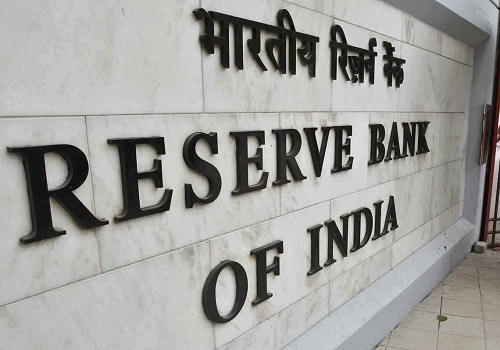SBICAPS : ``EcoCapsule`` Overview of Global and Indian Economy January 2024
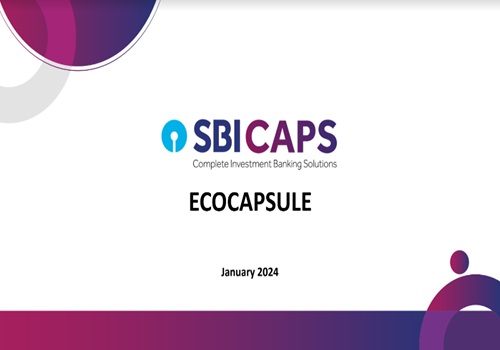
In retrospect, the year CY23 unfolded in a manner that defied easy predictions. The initial outlook was overshadowed by the global geopolitical tensions and financial market volatility. In the developed world, inflation soared to unprecedented levels, compelling Central Banks to embark on a historically vigorous path of rate hikes. Interestingly, the usually responsive bond yields hesitated before aligning with this assertive stance, engaging in a prolonged game of catch-the-bluff. Ultimately, the peak in yields lagged behind the policy zenith. This aggressive posturing of Central Banks, particularly the US Fed, was enabled by the unexpected resilience in the economy. In the US, each quarter's GDP outperformed forecasts, prompting forecasters to hastily revise their year-end estimates.
However, the inverted yield curve may not simply be another story of the boy who called fire. Looking ahead to CY24, a global deceleration is anticipated, with the IMF forecasting a growth rate of 2.9% y/y compared to 3.0% in CY23. The potential deceleration in the US, coupled with moderated inflation, forms the basis for the anticipated rate cuts by the Fed, most likely starting in Q2. Consequently, Fedspeak has softened and within a span of the latest two months, bond markets have experienced an exceptional rally. Similar trends are expected to play out in the advanced economies in Europe.
China represents the other side of the story. Grappling with a significant real estate slowdown, it is poised to contribute to the global growth slowdown in CY24. The government has taken steps to revitalise growth, especially on the local government side. The fortunes of Chinese growth have reverberated in commodity markets, with base metal prices remaining below peaks, and Brent crude prices maintaining a rangebound trajectory amidst OPEC supply cut threats
Throughout the year, natural gas prices experienced jagged volatility, sparking fresh concerns about energy security. Ironically, these impacts were most felt in Europe, which has been the most gung-ho about the green transition. This meant that the energy trilemma dominated the minds of leaders, and COP28 saw weaker commitments. The last word has not been said on commodities, however, with fresh supply chain issues in the Red Sea once again, spiking shipping fees
If CY23 marked the eye of the storm, CY24 is anticipated to be a year of addressing its aftermath. Lingering uncertainties and potential setbacks are feared to materialize, with growth concerns taking precedence over inflation, subject to supply side shocks rather than demand side dynamics. Equity markets experienced a period of consolidation during the first half of 2023, followed by robust gains when economic growth surpassed expectations. Although a promising start is anticipated for the upcoming year, it is crucial to monitor potential trend shifts in the latter part of 2024.
Notably, CY24 is poised to become the largest year for democracy in history, with 50 countries, encompassing 2 billion people, participating in elections. Consequently, the intricate interplay between monetary and fiscal policies will be closely scrutinized during this pivotal period.
The resilience of the Indian economy in CY23 mirrored this positive bias. Real GDP growth estimates for FY24, which hovered around 6% y/y at the start of CY23, have now surged close to 7.3% as per NSO’s 1st advance estimate. A pivotal driver of this growth trajectory was the robust government capital expenditure, resulting in the highest share of capital formation in GDP in over a decade and propelling construction activity. Industries allied to this development, such as cement and steel, experienced a significant boom, thereby generating ripple effects evident in the Q2FY24 GDP numbers. In FY24, manufacturing GVA is anticipated to surpass overall GVA growth. The crucial question for CY24 is whether private capex cycle, which is showing green shoots, will shift gears?
Buoyed by fair economic growth, CY23 witnessed a noteworthy surge in fundraising activities. Bank credit growth maintained its momentum, consistently exceeding 15% y/y. Delving into the details reveals that a substantial portion of the bank funding extended during the year was directed towards NBFCs, with DFIs dominating. Notably, the incremental credit disbursed by major DFIs to the power sector exceeded that directly extended by banks. Additionally, a significant portion of bank lending was allocated to personal loans, with unsecured credit witnessing a notable surge. These trends prompted the RBI to intervene, adjusting risk weights for such loans, opting for countercyclical prudence over reckless growth. The year also saw the Central Bank tactfully engineer apposite liquidity conditions at each juncture, maintaining alacrity in its communications, and show foresight in policy
Gross bond market issuances surged to nearly Rs. 10 trn in CY23, spiking 30% y/y. Considerable activity was seen in the BFSI sector. Bond markets stand to benefit in CY24 due to bond inclusion in global indices and a declining rate environment, particularly with expectations of a revival in large corporate credit. On the other side of the capital markets, equity IPOs had a slow start, but they concluded with a late surge. The enthusiasm observed in equity markets may continue in the near future; however, there is a possibility of moderation as the year advances due to global volatility.
Despite an unfavorable rate environment, external funding remained robust in the CY2023, marked by record FII inflows. Offshore loan syndication reached a 15-year peak in CY23, totaling USD 21.4 bn raised by companies and banks. Anticipating continued strength, we project substantial external capital inflow in CY24 through avenues such as FII (especially in debt), FDI, and ECB. A potential softening in crude prices is expected to significantly enhance the current account situation, and we foresee the Current Account Deficit (CAD) being maintained at ~1% of the GDP in FY24, ensuring a relatively stable position for the INR.
Come CY24, a similar story of fiscal and monetary dynamics could play out in India, like the world. The rate cut cycle is likely to start mid-CY24. Further, the announcement of inclusion of Indian G-secs in the JP Morgan (and possibly Bloomberg) indices could alter India’s G-sec yield range in FY25
Above views are of the author and not of the website kindly read disclaimer
